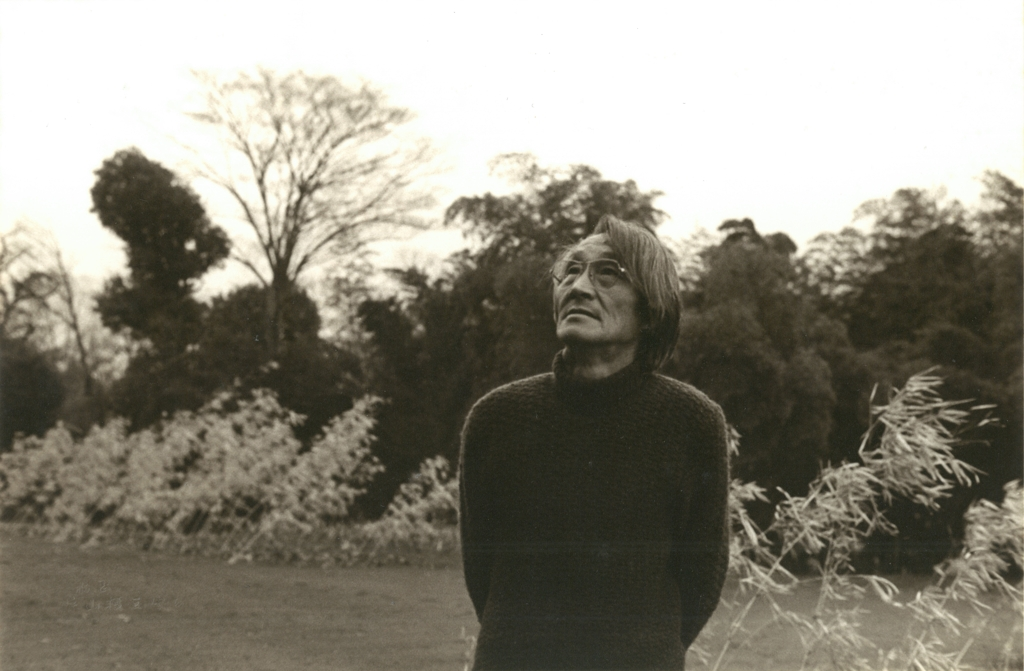Past Exhibition
KoreanABOUT THE ARTIST

Quac Insik
곽 인 식
(b.1919-1988 Korea)
Quac Insik was born in 1919. In 1937, he moved to Japan and graduated from the Japan Fine Arts School. He returned to Korea in 1942 to hold his first solo exhibition in Daegu; he moved back to Japan in 1949 to focus on his artwork and held some 50 exhibitions. Experimenting with various materials such as glass, brass, and paper, he showcased work that was ahead of its time. With regard to materiality, Western art gave rise to the arte povera of the late 1960s, whereas Japan saw the rise of Mono-ha (School of Things) in the 1970s as a noteworthy artistic current corresponding to international trends-yet Quac Insik’s artwork predated these developments. Beginning in the early 1960s, Quac investigated materials by focusing on dots, lines, and circles-the most elemental forms of objects and nature-and thereby directly and indirectly influenced the Mono-ha artists of the 1970s.
During his early career, he showed at many international venues such as Tokyo International Biennale in 1965, São Paulo Biennial in 1969, and Sydney International Biennial in 1976. His first solo show in Korea was held at Gallery Hyundai in 1982. He has had two major retrospectives in Korea at National Museum of Modern and Contemporary Art in 1985 and most recently in June 2019 to celebrate the centennial anniversary of his birth.
During his early career, he showed at many international venues such as Tokyo International Biennale in 1965, São Paulo Biennial in 1969, and Sydney International Biennial in 1976. His first solo show in Korea was held at Gallery Hyundai in 1982. He has had two major retrospectives in Korea at National Museum of Modern and Contemporary Art in 1985 and most recently in June 2019 to celebrate the centennial anniversary of his birth.

